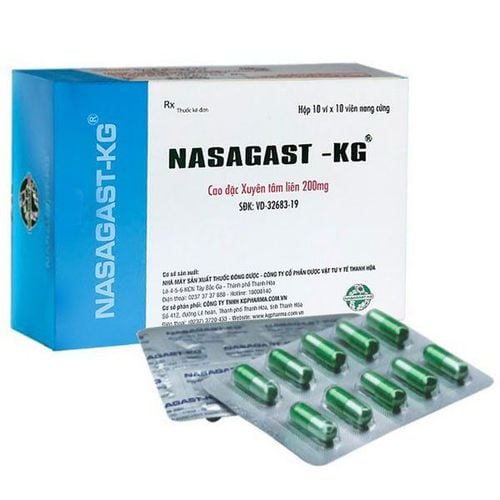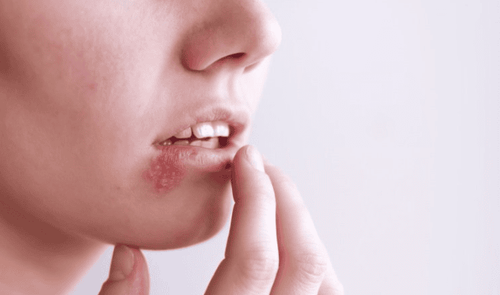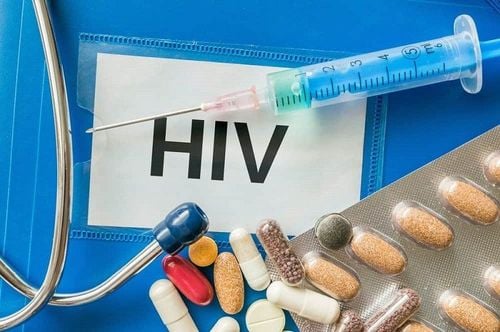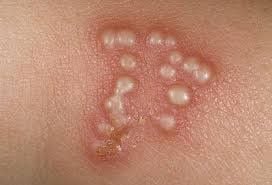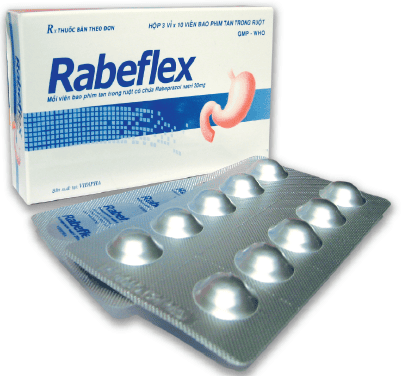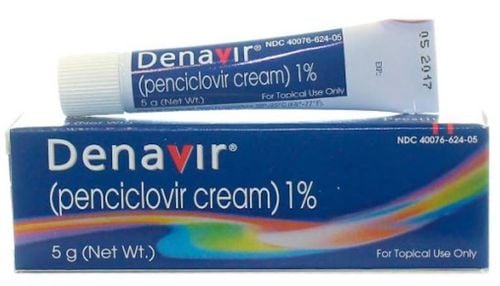This is an automatically translated article.
Posted by Master, Doctor Mai Vien Phuong - Department of Examination & Internal Medicine - Vinmec Central Park International General Hospital
Typical symptoms of Crohn's disease originate in the gastrointestinal (GI) tract, causing problems such as abdominal pain, diarrhea, and bloody stools. However, 40% of people with Crohn's disease have symptoms in other areas of the body, especially the skin. Here are some of the most common skin conditions associated with Crohn's disease and how to treat them.
1. Erythema node
Erythema nodosum causes red, swollen spots on the skin, usually on the shins, ankles, and sometimes on the arms. This is the most common skin manifestation of Crohn's disease, affecting up to 15% of people with the condition.
Over time, the swelling slowly turns purple. Some people have fever and joint pain with erythema nodosum. Follow the treatment regimen for Crohn's disease as directed by your doctor, you will improve this skin symptom.
2. Sores
Large open sores on the legs and sometimes on other areas of the body are a sign of pyoderma. This skin condition is generally rare, but it affects up to 5% of people with Crohn's disease and ulcerative colitis.
Pyogenic granulomas usually start with small red bumps that look like insect bites on the shin or ankle. The bumps get bigger and eventually coalesce into a large ulcer.
Treat by injecting medicine into the painful area or rubbing it into the painful area. Covering the wound with a clean bandage helps the wound heal and prevents infection.
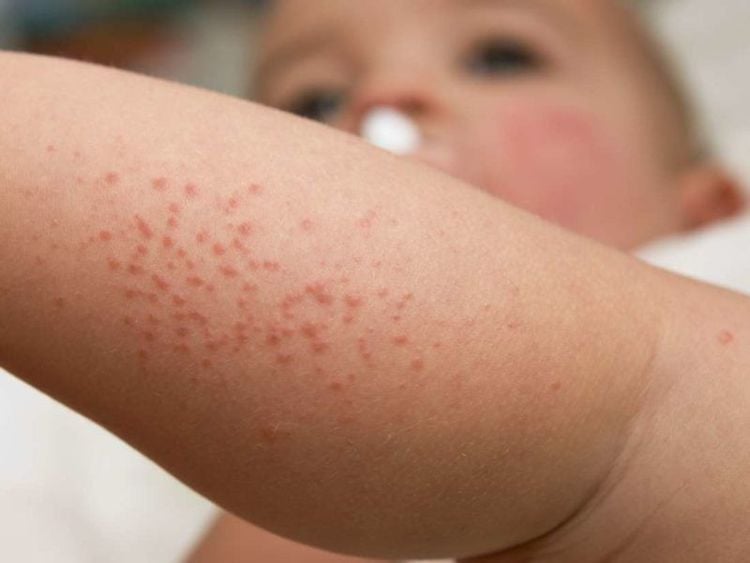
3. Excess anal skin and anal fissures
Anal fissures are small tears in the skin lining the anus. People with Crohn's disease sometimes develop these tears because their intestines are chronically inflamed. The fissures can cause pain and bleeding, especially during bowel movements.
Cracks sometimes heal on their own. If not, treatments include nitroglycerin cream, pain cream, and Botox injections to promote healing and reduce discomfort. Surgery is an option for treating fissures that have not yet healed.
4. Acne
Acne spots that affect many teenagers can also be a problem in some people with Crohn's disease. These skin rashes are not caused by the disease but by the steroids used to treat Crohn's.
Steroids are usually prescribed only for short periods of time to control a Crohn's flare. When you stop using them, your skin will be clear of acne.
5. Excess skin
Excess skin are patches of skin that often form in places where skin rubs against skin, such as in the armpits or groin. In Crohn's disease, they form around hemorrhoids or fissures in the anus, where the skin becomes inflamed.
Although the excess skin is harmless, it can cause irritation in the anal area when stool gets stuck in it. Thorough cleaning after each bowel movement and keeping the area clean can prevent irritation and pain.
6. Tunnel in the skin
Up to 50% of people with Crohn's disease develop a fistula, which is a hollow junction between two parts of the body that shouldn't be. The fistula may connect the intestine to the skin of the buttocks or the vagina. A fistula can sometimes be a complication of surgery.
The fistula may look like a bump or boil and be very painful. Stool or liquid may drain from the opening.
Treat the fistula with antibiotics or other drugs. If the fistula is severe, surgery will be needed to close it.
7. Mouth ulcers
These painful sores form inside the mouth and cause pain when you eat, drink or talk. Floating sores are the result of poor absorption of vitamins and minerals in your digestive tract due to Crohn's disease.
You may notice sores on your body when your illness is breaking out. Managing flares of your Crohn's disease can help ease them. Over-the-counter mouth sores like Orajel will also help with the pain until they heal.
8. Red spots on legs
Small red and purple spots can be caused by leukocytosis, which is an inflammation of the small blood vessels in the legs. This condition affects a small number of people with inflammatory bowel disease and other autoimmune disorders.
The nodules may be itchy or painful. They will heal in a few weeks. Doctors treat this condition with corticosteroids and drugs that suppress the immune system.
9. Cold sores
Herpes (Epidermolysis bullosaquisita) is a disorder of the immune system that causes blisters to form on injured skin. The most common locations of these blisters are the hands, feet, knees, elbows, and ankles. When the blisters heal, they will leave a scar.
Doctors treat this condition with corticosteroids, drugs like dapsone to reduce inflammation, and drugs that suppress the immune system. People with these blisters need to be extra careful and wear protective gear when playing sports or other physical activities to avoid injury.
10. Psoriasis
This skin disease causes red, flaky patches to appear on the skin. Like Crohn's disease, psoriasis is an autoimmune condition. A problem with the immune system causes skin cells to multiply too quickly and those excess cells build up on the skin.
People with Crohn's disease are more likely to develop psoriasis. Two biologic drugs — infliximab (Remicade) and adalimumab (Humira) — treat both conditions.
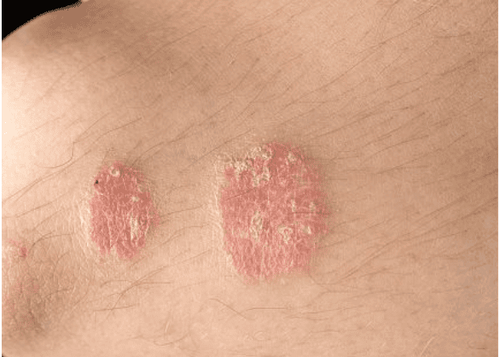
11. Loss of skin color
Vitiligo causes patches of skin to lose color. It occurs when the skin cells that produce the pigment melanin die or stop working.
In general, vitiligo is rare, but it is more common in people with Crohn's disease. Makeup can cover affected patches. Medications are also available to even out skin tone.
12. Rash
Small red and painful bumps on the arms, neck, head or trunk are a sign of Sweet's syndrome. This skin condition is generally rare, but it can affect people with Crohn's disease. Corticosteroids are the mainstay of treatment.
Conclusion Inform your doctor if you have any new skin symptoms. Your doctor will help you find the right treatment.
Vinmec International General Hospital is one of the hospitals that not only ensures professional quality with a team of doctors, modern equipment and technology, but also stands out for its examination, consulting and service services. comprehensive and professional medical treatment; civilized, polite, safe and sterile medical examination and treatment space.
Please dial HOTLINE for more information or register for an appointment HERE. Download MyVinmec app to make appointments faster and to manage your bookings easily.
Reference article source : Epidermolysis bullosa acquisita. (n.d.), Faulkes RE. (2014). Upper limb erythema nodosum: The first presentation of Crohn's disease, Gravina AG, et al. (2016). Crohn's disease and skin.





